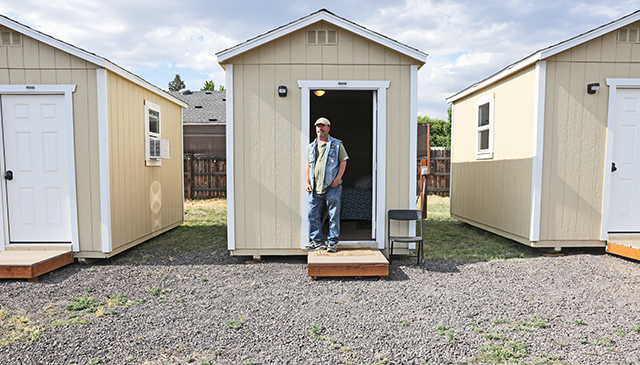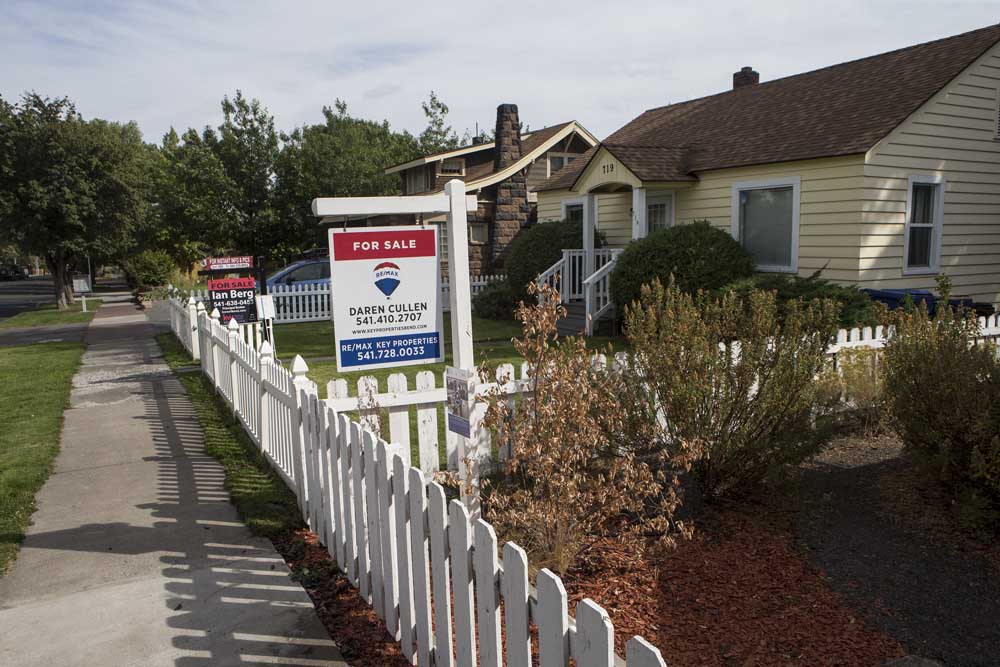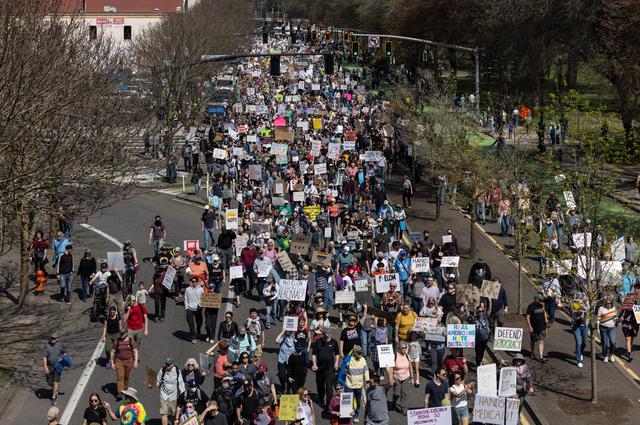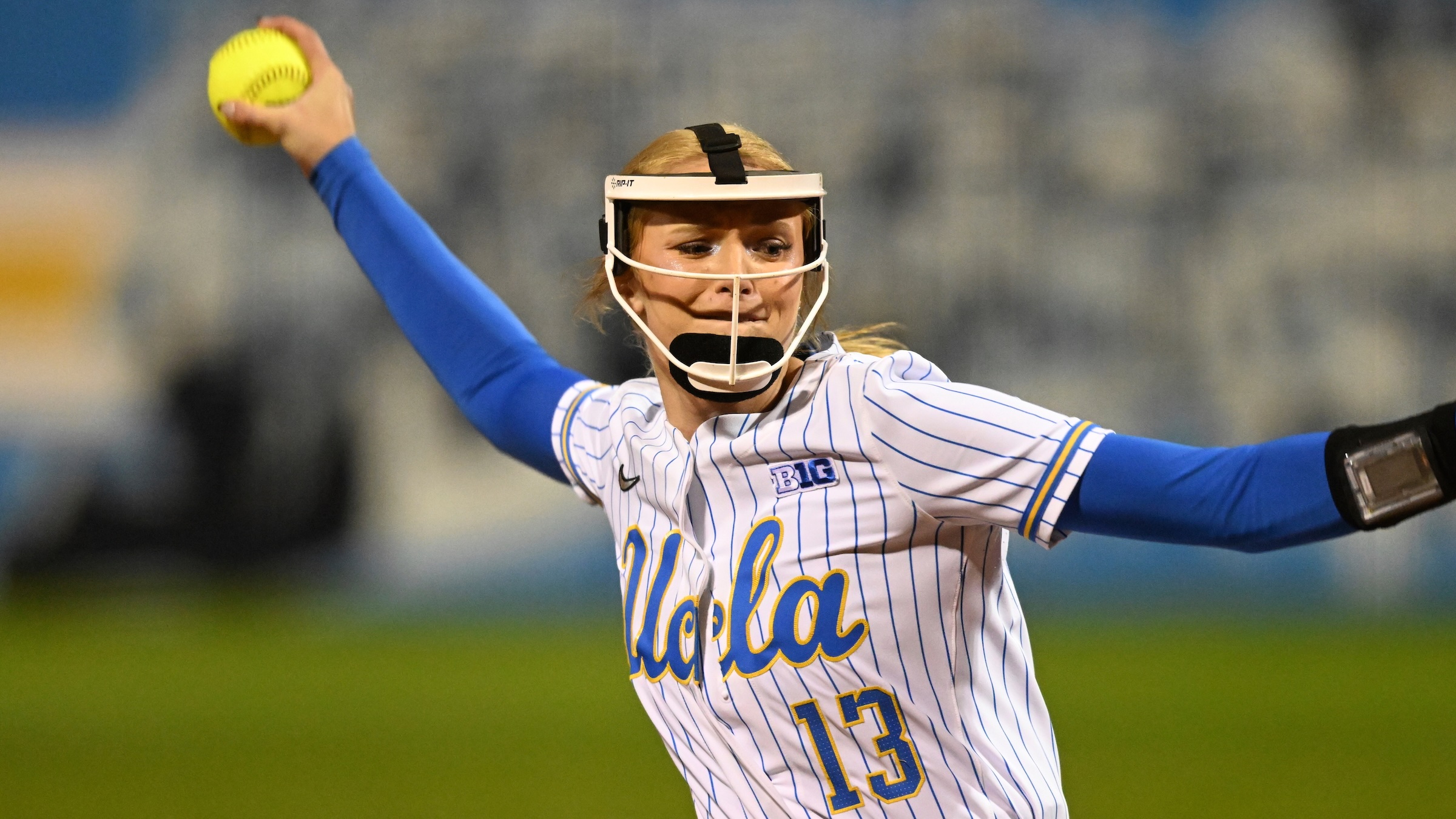U.S. prodigy, 15, ready for grand stage
Published 9:07 pm Monday, May 29, 2017

- Amanda Anisimova, who at 15 is the youngest player in the top 300, is set to make her grand slam debut at the French Open.(Scott McIntyre/The New York Times)
AVENTURA, Fla. — On the eve of Amanda Anisimova’s latest trip to the French Open, she was ripping forehands and two-handed backhands in the sunshine on a public clay court in South Florida.
Tall and deeply tan with a long, braided ponytail, Anisimova is just 15, the child of Russian parents who have nurtured her precocious talent.
It sounds like the start of a familiar tennis tale. See Maria Sharapova and Anna Kournikova, two blond Russian prodigies who arrived exceptionally young in the academy-rich ecosystem of south Florida and, against the odds, went on to fame and fortune.
But this familiar story has a twist. Anisimova is an American, born in Freehold Township, New Jersey, on Aug. 31, 2001.
She represents the United States and reached the French Open junior final last year. Though she speaks Russian with her parents, Konstantin and Olga, she has never been to Russia.
“I never considered representing Russia,” Anisimova said in an interview last Sunday at the apartment complex where she and her parents live. “I do plan on going, though. I really want to visit and see what it’s like and see the culture more.”
First, though, she has an important tennis commitment: her first appearance in the main draw of a Grand Slam tournament. She is the youngest player in the top 300 at No. 262, and she will be the youngest to play singles in the French Open since 2005, when Alizé Cornet of France received a wild card at 15.
“Amanda is a very special player,” said Martin Blackman, general manager for player development at the U.S. Tennis Association.
Like Cornet, Anisimova has a wild card, a reciprocal one offered to the USTA by the French Tennis Federation.
But she was not simply handed her spot in the draw. She had to compete against her American elders in a series of clay-court events this spring. She secured the wild card by reaching the finals of back-to-back tournaments last month in Indian Harbour Beach, Florida, and Dothan, Alabama.
She headed to Paris on Monday with quite an entourage for a 15-year-old: her mother, Olga; her fitness trainer, Andy Hanley; her new coach, Henner Nehles; a hitting partner, Maxsim Fomine; and her agent, Gary Swain, the IMG veteran who has long worked with John McEnroe.
“The good thing about it is she really earned the wild card, and it wasn’t a gift,” said Nick Saviano, the veteran American coach who has been Anisimova’s main tennis mentor outside her family. “I’m excited for her, excited for her mom and dad, who have sacrificed a lot.”
Konstantin Anisimov, a burly, dark-haired, ebullient man, is Anisimova’s primary coach. He said he and Olga, who are from Moscow, moved to the U.S. in 1998 hoping to provide more opportunities for their first child, Maria, who was 10 at the time.
“My wife had relatives who had lived a long time in the United States,” he said. “They sent us an invitation to come visit this country. We visited it, and we liked it more and more, and we start thinking and taking it seriously.”
He said they also considered moving to Spain.
“We really like Spain, but then we recognized when we visited America that everybody who comes here is going to feel like home,” he said. “In Europe, you always feel like a foreigner because it’s a completely different culture. America is a united country where people come from all over the world, and after a couple of years, they feel this is home, you know?”
In Moscow, Konstantin said, Olga was an “accountant in the banking system” and that he was involved in “finance and banking.” Maria inherited some of her parents’ aptitudes. She graduated from the undergraduate business program at the Wharton School at the University of Pennsylvania, where she excelled on the tennis team. She is a director at Bank of America Merrill Lynch.
Maria, who was Amanda’s initial tennis inspiration, started playing at age 10 in Moscow and eventually set her sights on college tennis after the family moved to Florida to help her train. Amanda started playing at age 2 with her mother.
“Until she was 7, no one touched her,” Olga said of Amanda’s technique. “That was the development.”
Amanda, now 5 feet 10 inches tall and still growing, turned professional in September, soon after her 15th birthday and shortly after winning a round in the qualifying tournament at the U.S. Open.
“I definitely want to become No. 1 in the world and win every Grand Slam,” she said in her contralto, measured voice. “One of each would be like super awesome. I hope to do that one day.”
She and her parents insist that she has been encouraged and supported but not pushed.
“I definitely have to sacrifice a lot, because I have to travel so much,” said Anisimova, who has always been home-schooled. “But I really enjoy traveling and playing all these tournaments, so I really don’t care that I don’t go to school or be like a normal person. Because this is what I enjoy doing. Other people might have a different perspective on this, but I really like this and really like my career and how it’s going.”
After a period of relative drought, a number of promising American teens are on the rise in the women’s game: CiCi Bellis, 18, is in the top 50. Kayla Day, a 17-year-old left-hander, is ranked 148th and won two rounds in Indian Wells, California, in March, upsetting the 2017 Australian Open semifinalist Mirjana Lucic-Baroni. There is also Cori Gauff, a 13-year-old whose strokes and foot speed have seen-it-all coaches trying and failing to mask their excitement. She will compete in Paris for a wild-card place in the French Open junior tournament.
Anisimova plans to play in the junior event, too, once she finishes with the main event. She opens against Kurumi Nara of Japan, ranked 90th.
Konstantin confessed to some sleepless nights about Amanda’s career path. He knows the odds are against her and everyone.
“Definitely pressure is big and especially pressure is growing when she is doing unexpectedly good,” he said. “Because then it’s very difficult to stay on course and be realistic and don’t be delusional. I saw a lot of parents who got immediately delusional, and those stories end up in a very bad way. You can’t overtrain. You can’t over-push.”
Though Konstantin coaches in Aventura for a living, neither he nor Olga played competitively in their youth, learning the game through watching, studying and working with their daughters. But Amanda has had plenty of outside counsel in the past eight years. She has worked with several USTA coaches, including Fed Cup captain Kathy Rinaldi, and practiced with Lindsay Davenport, the former No. 1 whose game, in Konstantin’s eyes, has many similarities to Amanda’s.
The primary outside influence has been Saviano, who has worked with her since she was 11 and runs his own academy in Plantation, Florida, about a 30-minute drive from Aventura.
“Unfortunately, we don’t have the luxury to bring Nick to Paris, because, like, too many people on the payroll,” said Konstantin, who nonetheless praises Saviano’s technical knowledge and influence on Amanda.
Saviano, no longer eager to travel in general, has played a leading role in developing some of the best young talent in the women’s game, including Eugenie Bouchard and Sloane Stephens.
“It’s always exciting working with committed people,” Saviano said. “She’s very committed to becoming a great player. Her parents have been totally devoted to that. They are good people, and I love being a contributor. She has excellent ball-striking skills. She has tremendous groundstrokes. She can volley. She’s got good touch.
“She’s a good athlete and a very strong, powerful player. The ball kind of explodes off her racket, so she tends to hit a lot of winners naturally when just hitting normal groundstrokes. But she also has the will and determination to be someone who wants to be absolutely as good as they can possibly be.”
It is, in short, quite a tennis package highlighted by her fluid and versatile backhand, although her second serve has been an occasional liability under pressure and her movement needs improvement.
“She is still growing into her body, so her movement is not great,” Blackman said. “In my opinion, the three keys for her success are: keep making time for training blocks to get stronger and faster, keep improving the forehand, and keep developing her transition game to the net.”
Like every savvy coach who knows the long history of tennis prodigies who failed to hit the highest notes, Saviano is cautious.
“Goodness knows people want to hype them while they’re going up,” he said. “But the key for her is focusing on all the things she can control: her work ethic, competing as hard as she can, developing her skills. She has a good team around her, and she’s very levelheaded, so I think it will work out well for her.”






